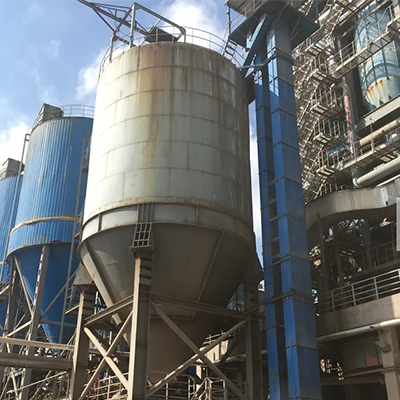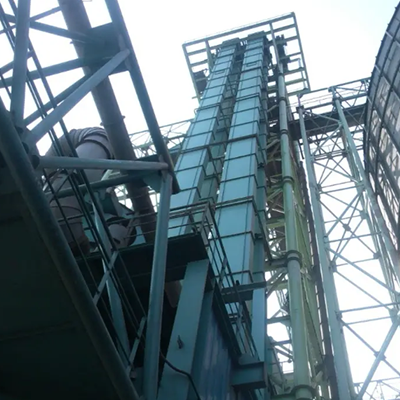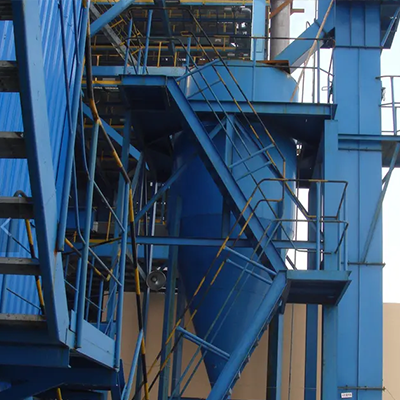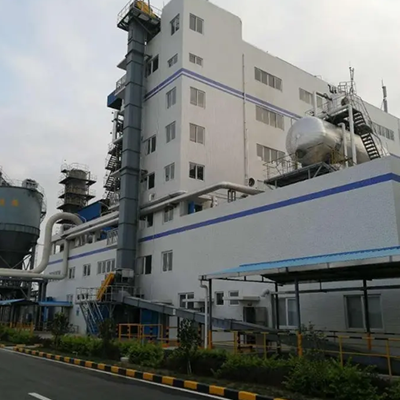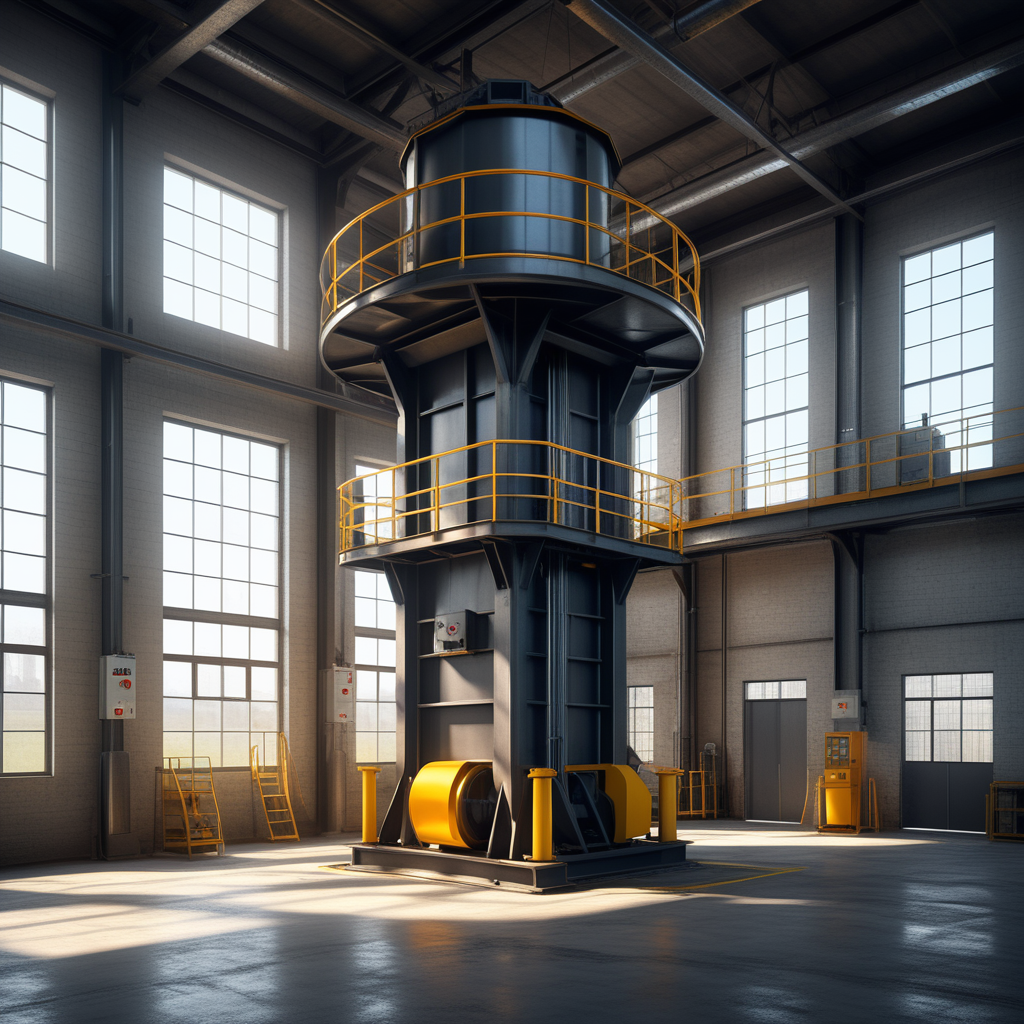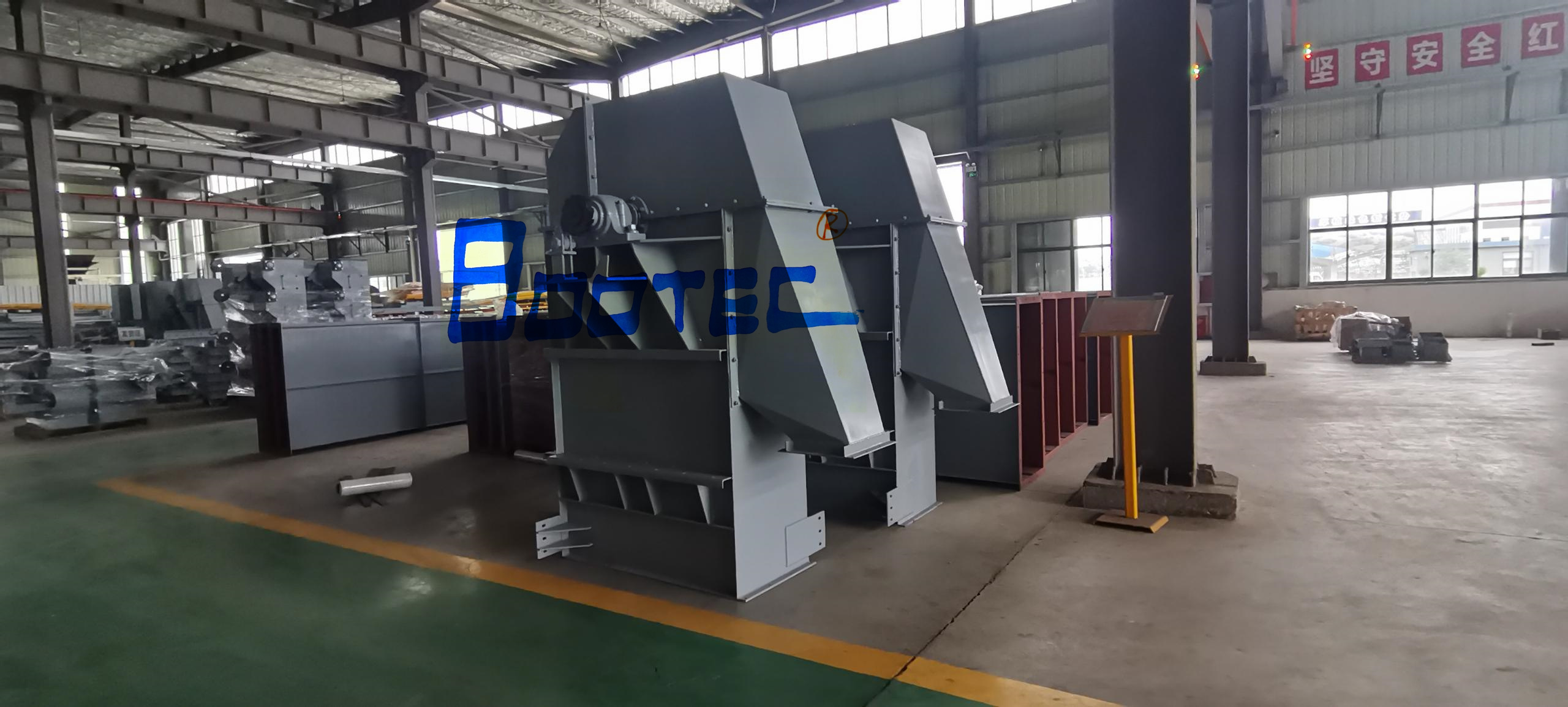
Chain Bucket Elevator
Chain Bucket Elevator
A Chain Bucket Elevator is a mechanical system designed to vertically transport bulk materials using buckets attached to a continuous chain. It is widely used in industries like power plants, waste-to-energy facilities, cement plants, mining, and agriculture for handling materials such as coal, fly ash, limestone, cement, clinker, or granular fertilizers.
Key Components
- Buckets:
- Attached to the chain to scoop and carry materials.
- Made of materials like steel, plastic, or alloy depending on the application.
- Chains:
- Robust and wear-resistant chains transmit power and support the buckets.
- Types include single-strand or double-strand chains.
- Drive Mechanism:
- Includes a drive motor, gearbox, and sprockets that power the chain.
- Head Section:
- Located at the top of the elevator.
- Contains the discharge outlet and head sprocket.
- Boot Section:
- Positioned at the bottom.
- Includes the feed inlet and tensioning mechanism for the chain.
- Casing:
- Encloses the elevator system to protect it from external elements and minimize dust emissions.
- Tensioning Device:
- Ensures the chain remains taut for smooth operation.
Working Principle
- Loading:
- Material is loaded into buckets at the boot section, either through a chute or directly from a hopper.
- Lifting:
- Buckets, attached to the chain, lift the material vertically as the chain moves over the sprockets.
- Discharge:
- At the head section, material is discharged by centrifugal or gravitational forces as the buckets turn over the head sprocket.
- Return Path:
- Empty buckets return to the boot section for refilling.
Advantages
- High Capacity: Suitable for handling large volumes of bulk material.
- Durability: Chains are more robust than belts, making them ideal for heavy and abrasive materials.
- Vertical Lift: Efficient for lifting materials to significant heights.
- Enclosed Design: Minimizes spillage and dust emissions.
- Temperature Resistance: Capable of handling hot materials, such as clinker or ash.
Disadvantages
- Higher Maintenance: Chains require periodic lubrication and tensioning.
- Noise: Chain systems tend to generate more noise compared to belt systems.
- Initial Cost: Typically higher than belt bucket elevators.
Applications
- Cement Plants: Lifting raw materials like limestone, clinker, and gypsum.
- Power Plants: Handling coal, fly ash, and bottom ash.
- Waste-to-Energy Plants: Conveying bottom ash or alternative fuels.
- Agriculture: Transporting grains, seeds, or fertilizers.
- Mining: Elevating ores, minerals, or aggregates.
Maintenance Tips
- Regularly inspect chains and sprockets for wear and replace if necessary.
- Ensure proper bucket alignment to avoid material spillage.
- Lubricate chain links to reduce friction and extend service life.
- Monitor tension and adjust as needed to prevent chain slack or breakage.
- Clean material buildup in the boot and discharge sections.
Write your message here and send it to us


